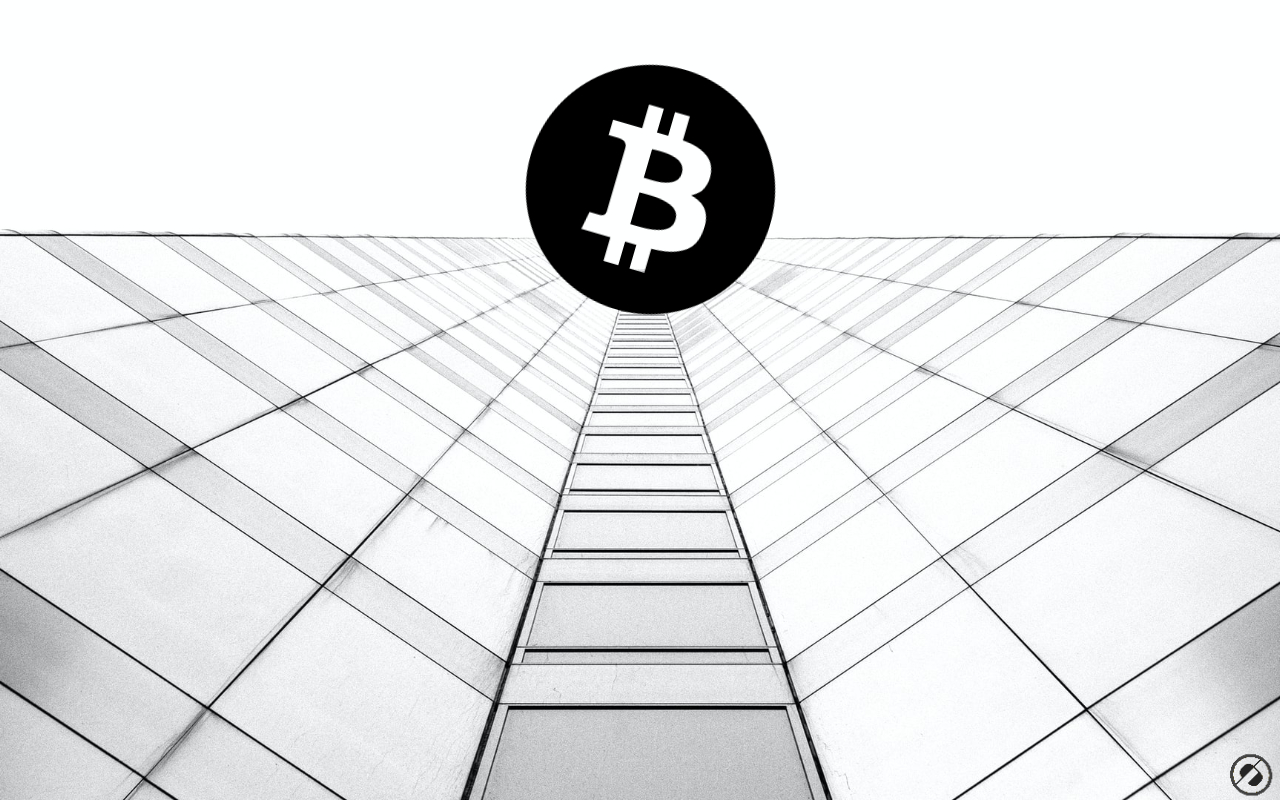Liquidity, Not Headlines, Keeps Bitcoin Pointed Higher, Says Raoul Pal
15.06.2025 8:00 1 min. read Alexander Stefanov
Bitcoin’s next big move will depend more on money creation than on missiles or media noise, according to macro strategist Raoul Pal.
In a recent post, the former hedge-fund manager plotted Bitcoin’s price against the world’s broad money supply (global M2) and found that nearly nine-tenths of the coin’s gyrations over the past three years shadowed shifts in liquidity.
That backdrop offers a simple read on today’s Middle-East flare-up. Reports of Israeli strikes on an Iranian gas hub briefly sent oil futures up more than 7 percent and revived talk of shipping disruptions, yet Bitcoin barely twitched—adding a fraction of a percent while stock futures wobbled.
Pal’s takeaway: unless the conflict forces central banks to flood or drain the system, digital-asset traders can expect business as usual.
The liquidity lens also explains why Bitcoin has weathered COVID shocks, rate-hike cycles, and election headlines with the same pattern: knee-jerk volatility followed by a grind that mirrors the size of the global money pie.
For investors, that framework is blunt but useful: track aggregate M2. If it expands, the odds still favor higher BTC prints, even if oil prices, war risk, or tweet-storms make the path noisy in the short run.
-
1
Robert Kiyosaki Warns of Economic Breakdown, Calls Bitcoin a Lifeline
28.05.2025 16:00 1 min. read -
2
Metaplanet Doubles Down on Bitcoin With $50M Bond Raise Backed by Evo Fund
28.05.2025 17:00 1 min. read -
3
French Firm Bets Big on Bitcoin, Sets Long-Term Goal of Owning 1% of Supply
27.05.2025 20:00 1 min. read -
4
Wall Street Giant Unlocks Bitcoin Liquidity in New Lending Push
29.05.2025 13:00 2 min. read -
5
Robert Kiyosaki Warns of Deepening Financial Crisis, Urges Shift to Bitcoin and Precious Metals
03.06.2025 17:00 1 min. read
Bitcoin Pauses Below $110K as Analysts Eye Consolidation Phase
Bitcoin is facing strong headwinds just shy of its all-time high, with analysts at Swissblock warning that a breakout may be off the table—at least for now.
Bitcoin’s Role Expands as Investors Look Beyond Gold and Treasuries
As concerns grow over government debt and global instability, Bitcoin is increasingly seen as a serious alternative to both gold and U.S. Treasuries.
Anthony Pompliano’s Latest Venture Targets $750M to Fuel Bitcoin Strategy
Anthony Pompliano, a prominent Bitcoin advocate and co-founder of Morgan Creek Digital, is reportedly preparing to launch a new BTC-focused investment firm dubbed ProCapBTC.
Peter Schiff Sounds the Alarm on Saylor’s Bitcoin-Only Strategy
Economist Peter Schiff has revived his long-running feud with Bitcoin, warning that shareholders in Michael Saylor’s company, Strategy, could come to rue the day they followed its “all-in” crypto play.
-
1
Robert Kiyosaki Warns of Economic Breakdown, Calls Bitcoin a Lifeline
28.05.2025 16:00 1 min. read -
2
Metaplanet Doubles Down on Bitcoin With $50M Bond Raise Backed by Evo Fund
28.05.2025 17:00 1 min. read -
3
French Firm Bets Big on Bitcoin, Sets Long-Term Goal of Owning 1% of Supply
27.05.2025 20:00 1 min. read -
4
Wall Street Giant Unlocks Bitcoin Liquidity in New Lending Push
29.05.2025 13:00 2 min. read -
5
Robert Kiyosaki Warns of Deepening Financial Crisis, Urges Shift to Bitcoin and Precious Metals
03.06.2025 17:00 1 min. read


